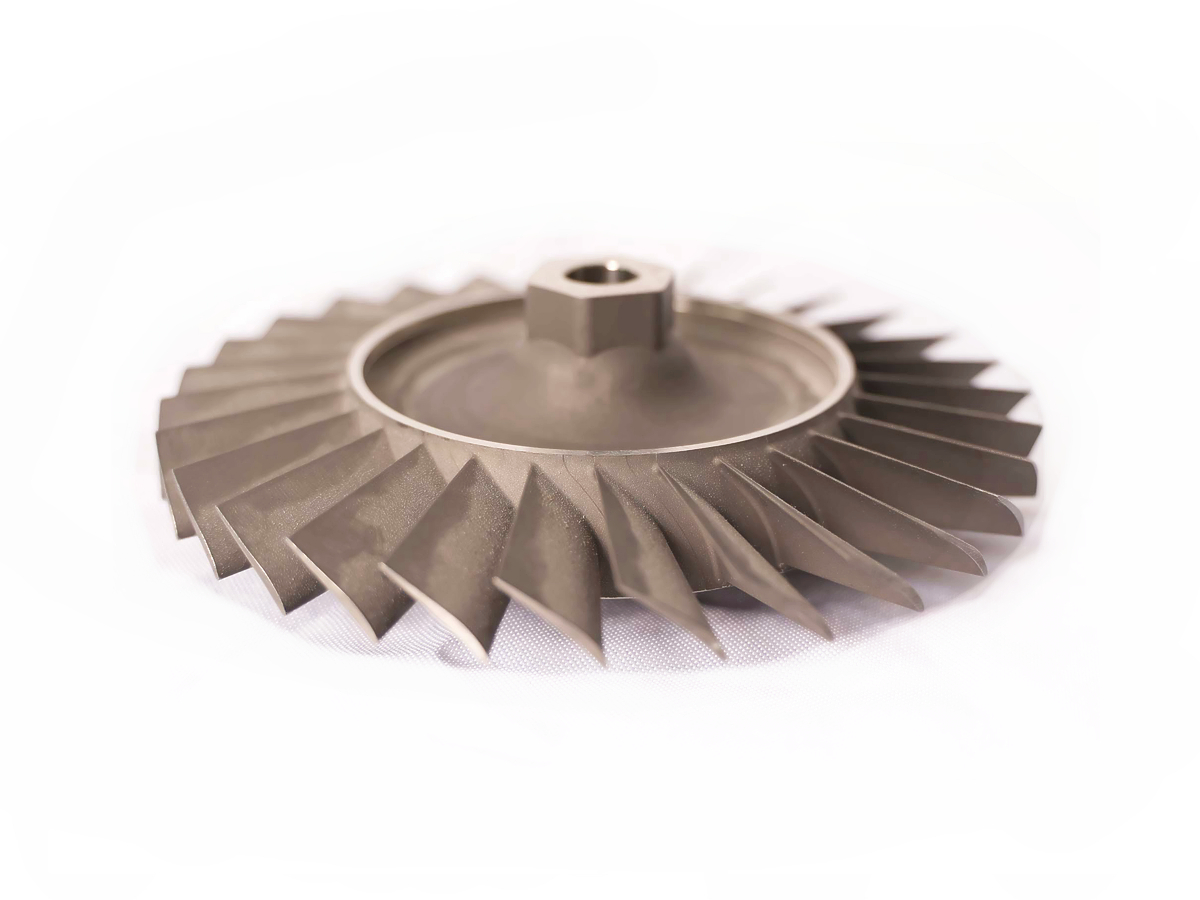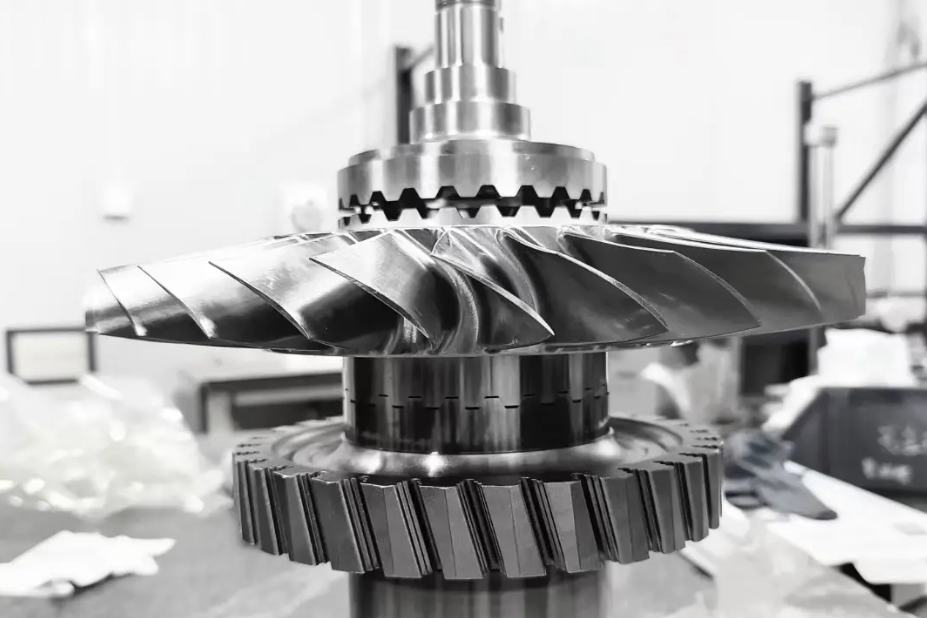What cutting speed range is typically used as a starting point when machining Inconel 718?
From a machining engineering standpoint, establishing a robust starting point for cutting speeds when machining Inconel 718 is critical for balancing productivity with tool life and part integrity. For this nickel-chromium-based superalloy, renowned for its high strength, work-hardening tendency, and retention of properties at elevated temperatures, a conservative approach is paramount. The typical starting cutting speed range for superalloy CNC machining of Inconel 718 is 20 to 40 surface feet per minute (SFM) for roughing operations using uncoated or coated carbide tools.
Detailed Breakdown by Operation and Tooling
This baseline range must be refined based on the specific machining operation, tool material, and insert geometry. For CNC turning, a common starting parameter is 30-50 SFM for finishing passes with sharp, positive-rake coated carbide inserts. When utilizing more advanced tooling, such as ceramic inserts (e.g., silicon nitride or whisker-reinforced ceramics), speeds can be significantly increased to the range of 400-800 SFM for roughing, but this requires rigid setups and is often reserved for semi-finishing where the depth of cut is controlled.
For CNC milling, which involves interrupted cuts that induce thermal and mechanical shock, the starting speeds are generally lower. With carbide end mills, beginning at 50-150 SFM is advisable. The exact value depends on factors like the tool's helix angle, number of flutes, and the use of high-pressure coolant. Lower speeds within this range are chosen for larger diameters and rougher cuts, while higher speeds can be attempted for finishing with smaller, more specialized tools.
Critical Factors Influencing Speed Selection
Selecting a specific speed within this range is not arbitrary; it is dictated by a synergy of factors. The primary constraint is the material's pronounced work hardening. If the speed is too low, the tool dwells in the cut, work-hardening the material ahead of it and leading to rapid tool wear and potential catastrophic failure. Conversely, excessive speed generates intense heat at the tool-workpiece interface, softening the tool substrate and causing plastic deformation of the cutting edge.
Effective heat management is, therefore, non-negotiable. The application of a high-pressure, high-volume coolant is crucial for dissipating heat, preventing work hardening, and effectively breaking chips. Furthermore, a rigid CNC machining setup is required to dampen vibrations and maintain consistent tool engagement, which is crucial for achieving dimensional accuracy and surface finish in a demanding material like Inconel 718.
Optimization and Post-Processing Considerations
Ultimately, the stated starting speeds are a foundation for process optimization. Machinists will perform test cuts, incrementally increasing the speed while monitoring tool wear, chip formation, and part temperature to find the optimal balance for a specific operation. The goal is to achieve a stable, efficient process that minimizes non-productive time and ensures part quality.
It is also important to note that the machining strategy can influence the need for subsequent treatments. Aggressive parameters that induce high residual stresses may necessitate heat treatment for CNC machining to relieve those stresses and restore the material's microstructure. Similarly, achieving the final functional surface often requires dedicated electropolishing for precision parts or other specialized stainless steel CNC surface protection techniques to enhance performance and longevity.



